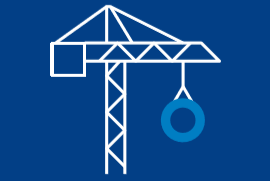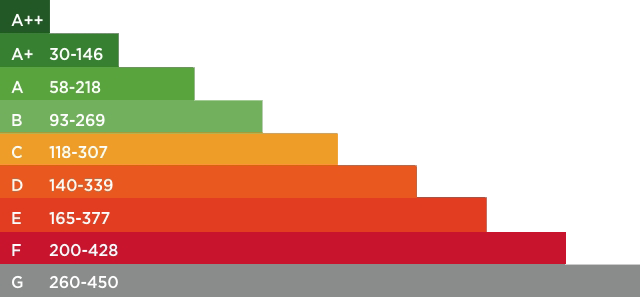Sustainable concrete
Sustainable Concrete Construction and Low carbon, or reduced carbon concrete
What is Sustainable Concrete Construction?
Our approach to concrete construction encompasses innovative sustainable products, efficient building systems and practical solutions. We recognise the important role we have in promoting sustainable concrete construction by optimising our products, their use and whole life performance.
At Tarmac, we make an important contribution to a better built environment through the provision of systems, solutions, and guidance for the materials we provide.
Sustainable concrete construction considers issues such as;
- building design
- the responsible sourcing of materials
- material technology and performance benefits
- processes and methods of construction, energy and resource efficiency
- Building Information Modelling (BIM)
- the long-term operation and maintenance of the built environment
By providing sustainable concrete construction materials, systems, solutions, and guidance to optimise the use and whole life performance of our products we can support our customers in delivering a positive contribution to a sustainable built environment.
A guide to Sustainable Concrete Construction
To help our customers understand our solutions and their attributes throughout the whole life cycle of their use we classify them within four categories.

In built
The performance of our business and products.

In construction
The way in which our products perform during construction.

In use
How our products perform when they have been installed.

In support
We offer a range of tools and services that help architects, designers, customers and clients design and build more sustainably.
Whole life and carbon in concrete construction
The carbon debate is often focused on capital or embodied carbon measurements that incorporate carbon emitted during concrete production and construction. This overlooks the bigger picture. Crucially, embodied carbon measurements fail to consider performance over an asset's lifecycle, risking sub-optimal design and specification, as well as higher running or maintenance costs.
To meet the government's net zero target, it is vital that we work together with our clients and customers to adopt a whole-life approach to carbon.
Whole life analysis of carbon and concrete
Put simply, whole-life analysis measures anticipated carbon impacts over the lifetime of an asset. This includes extraction of raw materials, product miles and construction, through to maintenance, repair, reuse and recyclability following demolition. Both RIBA & RICS acknowledged the importance of whole-life specification, issuing guidance for members that became mandatory in 2018.
We’re working continuously to enable sustainable construction through the new solutions including technology and product development. We consider collaboration and early engagement being key to this approach.

CEVO concretes deliver reduced carbon emissions and clear, straightforward performance ratings based on the extent to which carbon is eliminated from the design, achieved through the use of substitutes, limestone fillers, or an Alkali Activated solution.
CEVO concretes offer eco-friendly, reduced carbon alternatives to traditional concrete solutions.
We have aligned CEVO concretes to rated materials by the Institution of Civil Engineers (ICE), which have been endorsed by the Green Construction Board in the Low Carbon Concrete Routemap.
These ratings, ranging from A to G, are akin to the efficiency labels we encounter on everyday electrical devices.
This approach enables us to adapt our products in line with advancements in material science, allowing us to seamlessly align our low carbon concretes with the established grading system. The result is a simplified approach to reducing carbon emissions through concrete usage.
Making is simple for users to choose more sustainable concretes.

Sustainable concrete attributes
Versatile design
Concrete offers unrivaled strength and versatility
Fire resistant
Noncombustible, highest possible resistance classification, shields against heat.
Flood resistant
Inherently water resistant, vital to coastal and river defenses.
Locally sourced
All products certified as responsibly sourced to BES 6001.
Decarbonising concrete
Low carbon concrete design offers up to 70% reductions in CO2 via the utilisation of GGBS (Ground Granulated Blast Furnace Slag)
